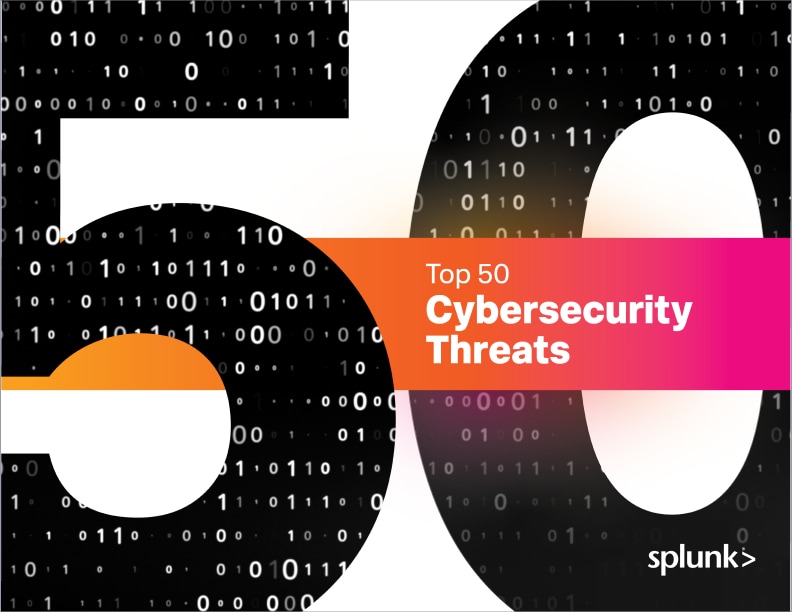Threat Actors: Common Types & Best Defenses Against Them

Cybersecurity threats are everywhere. While basic security practices like strong authentication and access controls can defend against many attacks, today’s organizations must also prepare for advanced, persistent threats posed by more sophisticated threat actors.
To build a resilient defense, it’s critical to understand who is behind these threats — and why they act.
Let’s take a look.
What is a threat actor? (Or, who is a threat actor?)
A threat actor is any individual, group, or entity that poses a risk to digital systems, infrastructure, or data. They may act maliciously, opportunistically, or even unintentionally — but the result is the same: a threat to your organization.
The level of risk posed by a threat actor depends on context: a regulated enterprise will define risk differently than a startup, for instance. But regardless of size, any organization connected to the internet is a potential target.
It’s important to remember: threat actors are constantly evolving their tactics to bypass cyber defense.
(Related reading: know the differences between vulnerabilities, threats, and risk.)
Real-world consequences: Data breaches & financial loss
When a threat actor succeeds, the consequences are wide-reaching:
- Loss of sensitive data (PII, financials, IP)
- Reputational damage
- Legal and regulatory fines
- Business disruption
With the rise in attack sophistication and frequency, the financial cost of breaches is surging. Cybercrime is expected to cost the global economy $12 trillion annually by 2025.
Types of threat actors, grouped by motivation
The definition of a threat actor can vary widely because they have different motivations.
Financially motivated threat actors
Many threat actors are looking for one thing: “easy” money. 💰 These actors seek monetary gain through tactics like:
- Ransomware
- Credit card fraud
- Identity theft
- Business email compromise
They can range from lone hackers to organized cybercrime syndicates. The rise of ransomware-as-a-service (RaaS) and underground cybercrime marketplaces has lowered the barrier to entry for these attacks.
(Related reading: trends in ransomware.)
Hacktivists: ideologically motivated
Hacktivists use cyberattacks to promote social, political, or environmental causes — hence the “activist” name. Their primary objectives are to:
- Create disruption.
- Draw public attention.
That’s why they tend to target governments, utilities and critical infrastructure, tech companies, and large healthcare systems.
Popular hacktivist groups such as Anonymous and SiegedSec have conducted a range of high-profile attacks against governments and tech companies.
Another unaffiliated group, Anonymous Sudan was responsible for conducting more than 35,000 DDoS attacks against various victims, including hospitals, universities and government agencies. In 2024, two Sudanese nationals were arrested for their alleged role in this group's operation.
State-sponsored attackers: politically motivated
State-sponsored attackers operate with the backing of a nation state or defense organization. The targets are generally rival nations in the political, economic or strategic security space. Their goals include:
- Sabotage
- Espionage
- Disrupting critical services
Specifically, they may directly attack a utilities provider or defense organization of a target state. Or, maybe install backdoor channels to technologies exported to other nations. The Stuxnet exploit is a popular cyberweapon used in a state-sponsored attack that destroyed a centrifuge in the nuclear plant.
(Go deep into Stuxnet and other major attacks in our recommended security reads & podcasts.)
Insider threats: accidental or malicious
Insiders are employees, contractors, or partners with legitimate access to systems — but they may cause harm either:
- Intentionally, due to grievances or personal motives
- Unintentionally, through human error or falling for phishing scams and other socially engineered attacks
Over 80% of cyber-attacks occur due to human involvement, mostly in the form of unintentional security malpractices adopted at the company. This type of internal human involvement is known as an insider threat.
Script kiddies: opportunistic
These are inexperienced attackers using publicly available tools and exploits. While they may lack sophistication, they can still cause outages or disruptions by:
- Targeting exposed services
- Exploiting known vulnerabilities
- Launching DDoS attacks for the thrill or recognition
Despite their newbie status, these script kiddies are unpredictable and they may become more dangerous over time.
How threat actors operate: tools and marketplaces
Many threat actors have the expertise and the resources to cause real damage.
But inexperienced attackers can cause major harm too — by outsourcing. In dark web cybercrime underground markets, services like exploit kits, ransomware payloads, and botnets can be rented for as little as $5/hour. Hacking groups openly advertise their attributes, resources, and tools with guaranteed results and payment upon proven, visible outcomes.
These “cybercrime-as-a-service” offerings make it easy for almost anyone to launch devastating attacks — cheaply, quickly, and anonymously.
How to defend against threat actors: best practices
Defending against a range of threat actors requires a layered strategy. In addition to foundational cybersecurity hygiene (MFA, patching, awareness training) and important cyber policies, these practices are particularly useful defenses against threat actors.
Give least privilege access
Deploy the principle of least privilege access, allowing users to access only the bare minimum information and resources they need to conduct their job functions effectively.
In the event of a cyber-attack that compromises login credentials of an employee, attackers will not be able to access resources beyond what is assigned to the user profile.
- Only give users the minimum access they need.
- Regularly review permissions — revoke what’s no longer needed.
- Use just-in-time access to reduce long-term risk.
Encrypt mission-critical data
Encrypt mission-critical information at rest and in transit. This is especially important for sensitive data stored and processed in the cloud. In the event of a data leak, adversaries will not be able to use or threaten exposure of sensitive information.
You should also:
- Implement strong key management and end-to-end encryption.
- Perform regular encryption audits to ensure compliance.
Adopt hybrid multi-cloud with zero trust
Adopt a hybrid cloud service model. Here, you’ll segment data accordingly: keep sensitive business information and workloads either on-premises or in isolated clouds. Less sensitive information can stay in cost-effective public clouds.
You’ll also need to implement zero-trust security principles across your cloud environments. Monitor the cloud activity for any potential threat and enforce strict access control.
Final thoughts
Cyber threat actors are evolving — and so must your defenses. By understanding their motivations, tactics, and impact, organizations can adopt proactive, risk-based strategies to defend against everything from script kiddies to nation-state attackers.
Stay alert, stay informed, and build your defenses accordingly.
Splunk supports enterprise security & enterprise resilience
At Splunk, our purpose is to build a safer and more resilient digital world. Every day, we help security, IT, and DevOps teams keep their organizations securely up and running. When organizations have resilient digital systems, they can adapt, innovate and deliver for their customers.
Explore Splunk solutions for cybersecurity, including with Splunk Enterprise Security, our industry-leading SIEM. Better yet? Take a free tour!
See an error or have a suggestion? Please let us know by emailing splunkblogs@cisco.com.
This posting does not necessarily represent Splunk's position, strategies or opinion.
Related Articles
About Splunk
The world’s leading organizations rely on Splunk, a Cisco company, to continuously strengthen digital resilience with our unified security and observability platform, powered by industry-leading AI.
Our customers trust Splunk’s award-winning security and observability solutions to secure and improve the reliability of their complex digital environments, at any scale.




